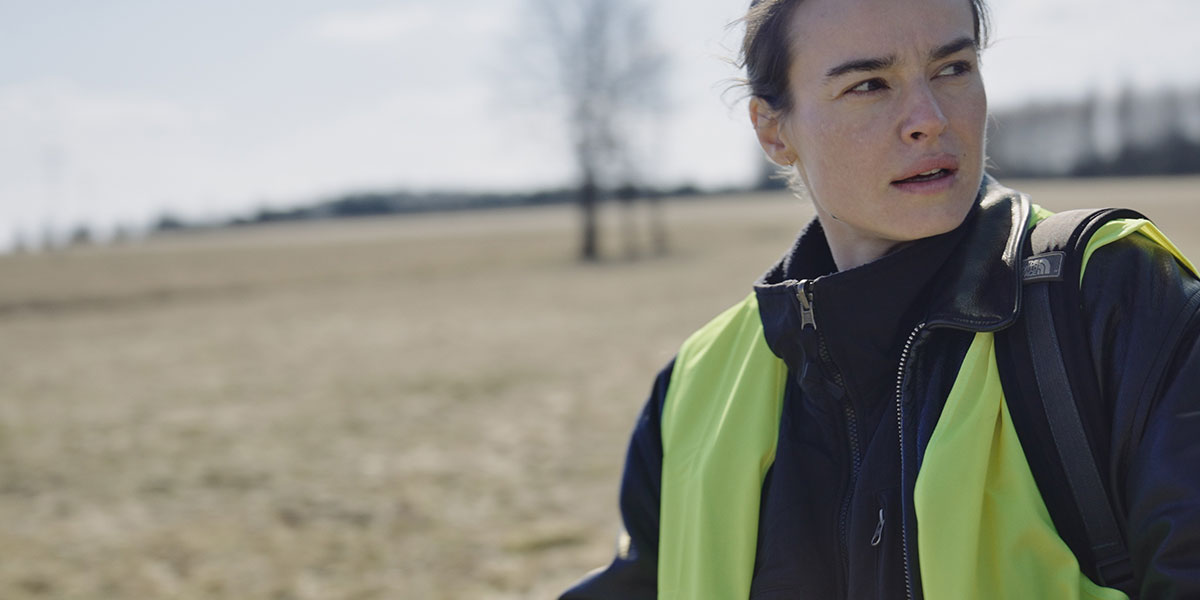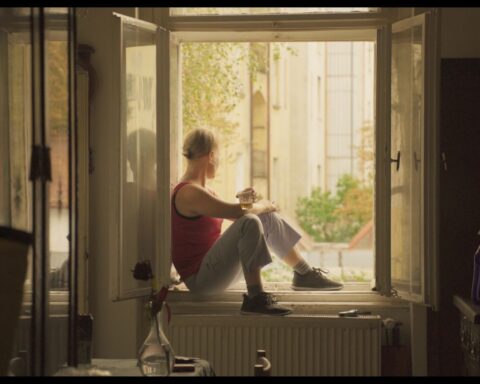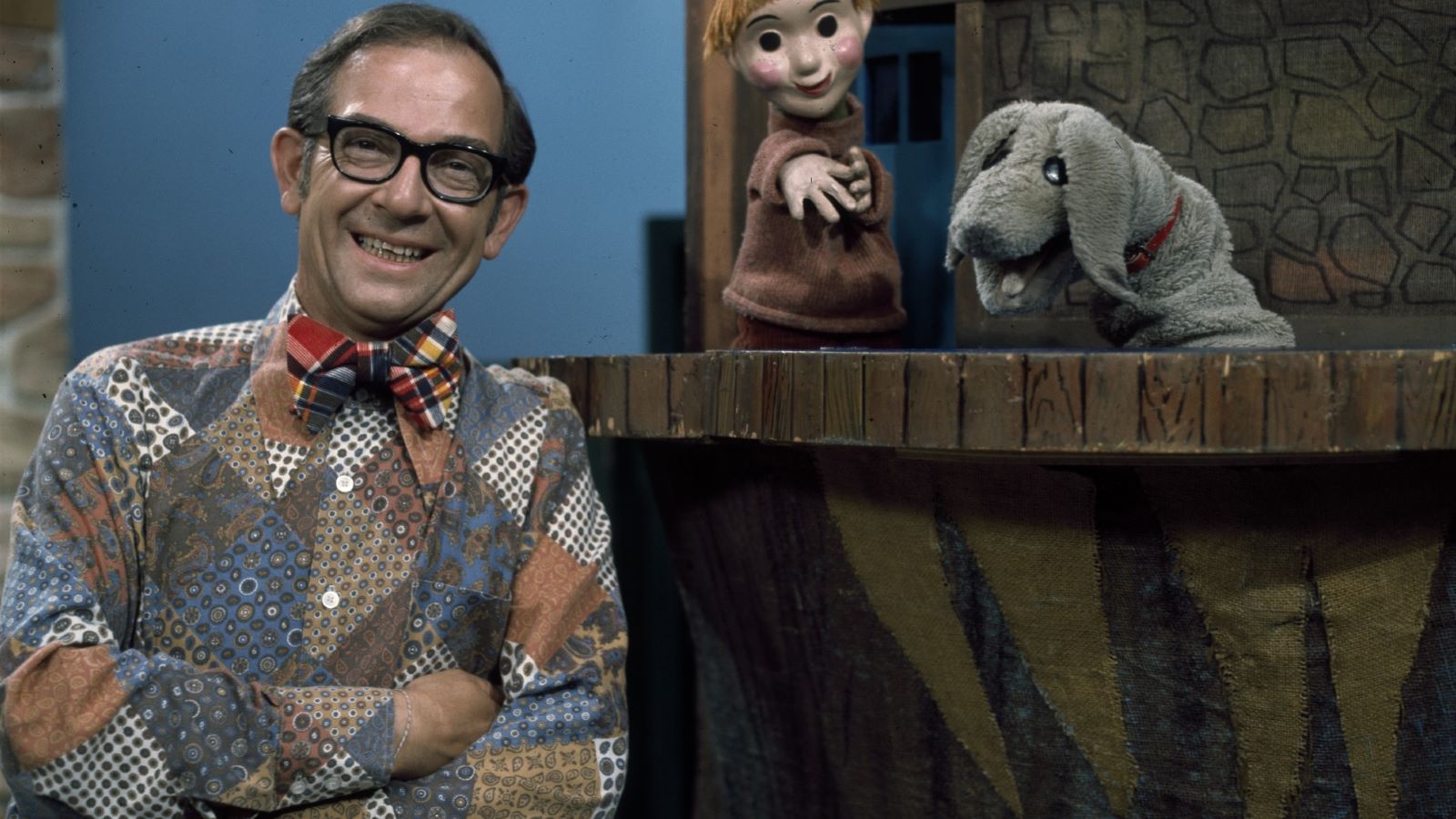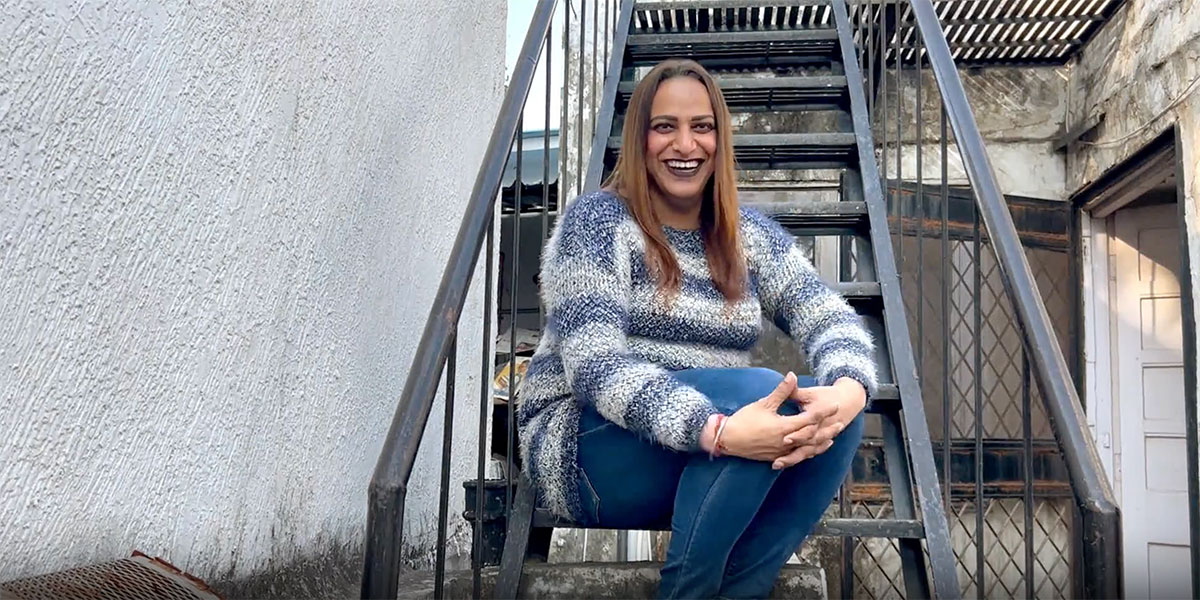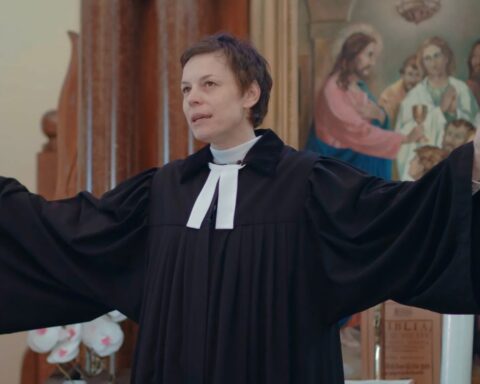“The checkpoints are everywhere,” says director Kasia Smutniak in Walls.
“So I shouldn’t take my camera out?” asks her collaborator, Marella Bombini.
“No, no,” Smutniak replies with a sly look. “You do that.”
There’s a revitalizing anarchic energy to Walls. This thrilling feature directorial debut by Italian-Polish actor Kasia Smutniak (The Hummingbird) offers an urgent portrait of the migration crisis from points of view on the front lines. The film, which recently premiered in the TIFF Docs programme at the Toronto International Film Festival, is one of the year’s standout documentaries as Smutniak takes her camera to the “red zone” at the Polish-Belarusian border to observe the massive effort to contain and control human movement. Her cameras take in the eerie area through which the titular wall runs. Along Poland’s 416 kilometre–long border with Belarus is a 186-kilometre steel barricade. Violent meshes of razor wire keep out refugees, but also hurt the wildlife that tries to pass through. The jagged metal doesn’t jive with the lush forests through which it intersects.
Walls moves like a thriller as Smutniak meets with various players in a clandestine network. Noble Poles form an underground railroad of sorts. Their mission helps migrants navigate the no man’s land where border guards run rampant. Smutniak goes deep undercover and puts her acting chops to use in order to play a journalist, gain access to militarized zones, and get information from border patrol. She wades deep into the forest to witness firsthand the makings of a humanitarian crisis to which her country, and the world, turns a blind eye.
Smutniak doesn’t keep her mind on the one wall, though. Walls intersects the present-day story with the larger story of Poland’s past as Smutniak visits her grandmother’s home in Łódź. The neighbourhood still bears traces of the Jewish ghetto and the violence of the Holocaust. Drawing parallels with the nation’s traumatic recent history and the crisis of the present, Walls asks what kind of world we’re creating when we build barriers between ourselves and those in need.
POV spoke with Smutniak following the premiere of Walls at TIFF.
POV: Pat Mullen
KS: Kasia Smutniak
This interview has been edited for brevity and clarity.
POV: What inspired you to tell the story of Walls?
KS: This movie was born from the desperate need to help and to do something. I was following the crisis on the Polish-Belarus border from the beginning. It was the end of August, 2021, just after the fall of Kabul. That was the first time I got to know about some 35 people trapped in the forest. It became a big case. Even though they were asking for asylum, it was not allowed. They were separated. The activists couldn’t reach them. They were without food, without shelter—kids, women, pregnant women. The amount of violence that happened in such a small time, and without any particular reason, something clicked in my head. I started to follow on social media some reporters who were there. Then I switched to following regular people who were living close to the border and became activists.
A few months later, I asked a friend of mine who is a reporter, Diego Bianchi from Propaganda Live, to come with me to Poland and make a reportage about the situation. That was in November [2021]. This reportage was shown live on Italian television, and this is how the Italian audience got to know about this crisis. In that moment, the idea to do a documentary came to mind because I saw that I have a tool.
This movie was born from the desperate need to help and to do something. – Kasia Smutniak
POV: How did you find the network of people who were working together at the border? What was the process of contacting the characters we meet throughout the film and protecting their network?
KS: Some of them didn’t want to give their identity for safety reasons. Once you get into the net, you’re in. It took me months to get their attention and the will to share their experiences and to bring me with them. Social media was important and just messaging people, “Hi, my name is Kasia Smutniak. I’m an Italian-Polish actress, and I’m interested in telling this story. Would you like to meet?” Some people would answer, some people would not answer. Some people would answer just because I’m an actress and, honestly, not a journalist. When I started this film, we understood in a very short amount of time that no one will do anything.
Even with the media interest in this topic, nothing really happened. They were sharing their stories thinking that if CNN was coming, it would bring politicians, it would bring change. Nothing happened, so suddenly, they were tired and didn’t want to share their experiences anymore. Some of them were like, “I’m not wasting my time anymore. I’d rather save people in the forest.” When I came to them, they were already completely disillusioned.
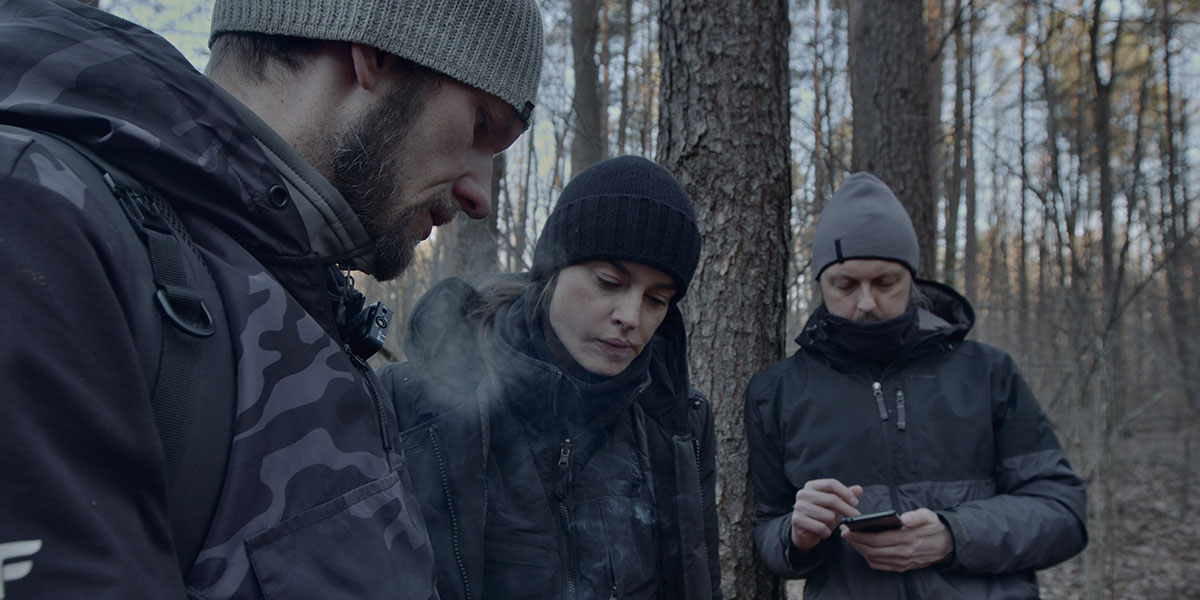
POV: Were there times when people were skeptical and say, “Why is this actress reaching out?” Did you have to prove yourself along the way?
KS: With the border police, for example, I think that because I am woman and an actress, I was underestimated in the sense that no one really understood why I was there, what I was doing, wor hat was my goal. People were more relaxed, I guess. It helped me while pretending that I’m a journalist. Sometimes it helped me get the attention of a popular person who would never give me attention if I was not an actress. It was the first time in my life that I actually used these two things, being an actress and being a woman, while trying to tell this story. But my intentions were invisible. I kept my intentions in secret until the end, until I actually finished the editing. I was not sure if I could finish this documentary for the safety reasons.
POV: There’s such tension throughout the film with surveillance and the risk that’s being taken. How were you able to research ahead of time before going into the forest and learn where the checkpoints were and what the security was like?
KS: I’m from military family. I was raised around people wearing [military] dress with guns, so it doesn’t impress me. I know the language, I know the rules, I know how to behave. That helped me a lot. I found myself in situations where I behaved like an older woman yelling at a young soldier because I saw that he was completely lost and that he’s treating me badly: “I could be your mother—you’re not treating me like this!” But they’re human beings and they’re trapped a difficult system. But honestly, I can actually say this whole thing is not working if it was so easy for me to access the red zone. People say, “How did you do that?” It was actually not that difficult.
I can actually say this whole thing is not working if it was so easy for me to access the red zone. – Kasia Smutniak
POV: The shoot seems like everything moved very quickly.
KS: It was two weeks, right after the Ukrainian war started. We prepared for a short shoot because we knew it was risky. I decided the only way to do it was without any crew. It was just me and my partner, Marella Bombini—she’s shooting with everything we had. Phones helped us a lot because even in a situation where your phone is taking a video, people are completely relaxed. We’re so used to having people with phones around us. It’s not the same with the camera.
POV: Were there times where you had to discuss whether you would keep the cameras rolling? I love that one scene when you mention there’s a checkpoint and Marella is like, “Oh, should I keep rolling?” And you’re like, “No, no, keep going.” There’s a great sense of anarchy.
KS: That was complete anarchy, believe me. Marella is Italian. She doesn’t speak Polish, but she would understand even the blink that I would do with my eyes to tell her what to do. But there were several situations when she was asking what people were saying, and I knew that if I told her, it would freak her out. I took the risk and I apologised to her for not saying the whole truth of what people were saying. It wouldn’t have added anything to what we were doing there. She realised more during editing, having everything single thing translated, but it was really incredible because we had the chance to bring in her voice and her external point of view as someone who is going there and does not understand what the rules are. Those rules are also new for us, for Polish people, and they’re hideous.
POV: Was there a learning curve in terms of being in front of the camera while directing and going from dramas to documentary?
KS: We went through the technical points and issues that we might meet on the border with different situations. Let’s say, the forest. We knew we would be running in the forest and escaping. We would be shooting for many, many hours, running out of the battery, and knew we cannot run with the camera. We needed to have something simple and easy. On the other side, a phone is fine only if you have a light. If you don’t have a light, you need a camera. So we bought a Panasonic camera, which is a very simple handi-camera.
Then we had the sound issues. Sound brings its own problems because you cannot ask activists to focus on the mic, to focus on the camera. We also really wanted to find these people, so we were there helping and shooting the movie would be the second step in terms of importance for the day. Marella was great and would never stop what she was taking. We came back with such 120 hours of footage out of two weeks. That’s why it took me nine months after to edit it.
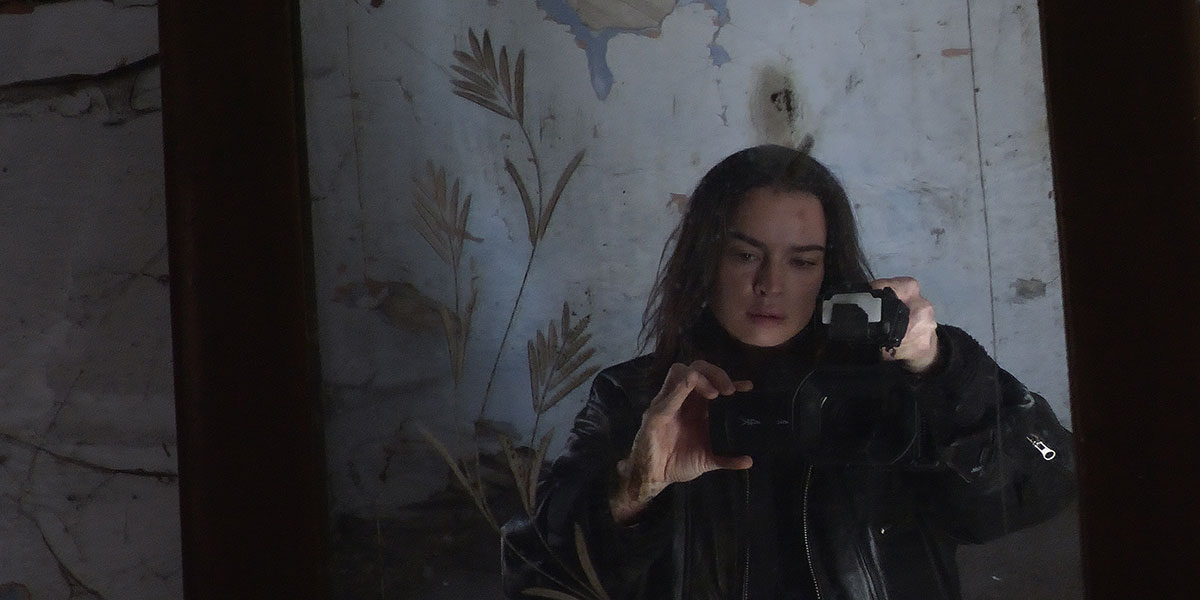
POV: How was the experience of being in the story while directing it?
KS: You have to live the moment, otherwise you are disconnected. That was a learning process. When I see the first interviews that I shot, I see that I was paying too much attention to the organization around the interview rather the tremendous things the activists were telling me. I remember after the first interview with Asha in Naples, that was the first one we shot. We were two Polish women sitting at the bar in Naples, in the south of Italy, and she was sharing the most tremendous experiences. I remember I felt detached from what I was hearing because it was so overwhelming. And then I thought, “The next time, I have to do better,” but that was not from the technical point of view. That was from the emotional point of view.
POV: How do you decide when there’s not a next time? When do you decide to end the story with an ongoing crisis?
KS: That was very easy because the journey starts at my grandmother’s [in Łódź]. The arc was exactly as it’s shown in the film. It started from my grandmother’s house and that story of the ghetto, then the Belarusian border, and then the Ukrainian border. Once I entered the refugee camp and the Ukrainian border and I could say, “This is the end of this story. I have it.”
POV: Was it just coincidental that you started shooting around the time the war in Ukraine broke out?
KS: It was a damn coincidence. I wrote a project that was built around walls generally, starting from the Berlin Wall. I was born in ’79, so 10 years before the Berlin Wall fell down. I’m a product of that experience. I wanted to explore different European walls. The one in Hungary, the Belarusian wall, but also the Mediterranean Sea. It’s physical walls, natural walls, moral walls.
I was ready to do it by following a story of one refugee I met a few months earlier on the Polish side. He was on the Belarusian side, then he came back, and he was pushed back and then was forced to return to Iraq. I wanted to start with his story. When I was ready to do it, the war started. My friends and family were helping Ukrainian refugees and my country was helping and the whole of Europe was embracing this incredible spontaneous act to help. I said, “It’s still going on. There’s nothing happening. This is another huge wall.”
POV: Why do you think the good will that people show for Ukraine has not inspired more action towards situations like the Belarusian border and people coming from the Middle East?
KS: First of all, the Ukrainian war has a bad guy and we have his face, so it’s very clear who attacked who. And officially it’s called a war, so these are war refugees. Then there’s skin tone and religion. Even though Ukraine is not a part of the European community, it is a part of it geographically and it’s too close not to be connected to people’s roots. This brings a very simple and very moral question to help or not. It’s resolved.
On the other side, we have people escaping countries like Afghanistan, Syria, Iraq, where there have been wars going on for years and years, although we don’t know who started them and we don’t have a bad guy. Putin is still there, but it’s not only him. It’s also us, so we do not call it a war, so these are officially not war refugees. Personally, I try to tell this story from my point of view. I’m not buying whatever politician or newspaper that sells the story that a human is not a human, I’m just not buying it.
That silence was the first thing I noticed. That is the silence of looking the other way. – Kasia Smutniak
POV: You make a really good parallel in the film about what happened in Łódź and the ghetto. Is that a narrative that is talked about widely in Poland in relation to the present border wall?
KS: In media, not really, other than a connection to Agnieszka Holland’s Jewish roots and giving a different narrative to the story. I was trying to find those answers: if the evil is in us or in our past. I was surrounded by a tremendous past, by a tremendous story without paying attention for all my life because I just ended up there with my family. I’m not Jewish. I was there every summer for months with my family. Poland is surrounded by and deeply rooted with a very dramatic history. In order to move forward, you erase the most difficult things from your surroundings.
I asked myself why I was so aware of the silence around this particular topic, Poland and Belarus. That was my starting point when I went there for the first time to shoot reportage with a journalist. I thought we would find journalists and people tied to the trees saying, “Let them in.” Then I arrived and nothing happened. It was quiet and only from the phone I had a chance to see what was happening 500 metres away: Kids, women sleeping on the ground, the tear gas. That silence was the first thing I noticed. That is the silence of looking the other way.




